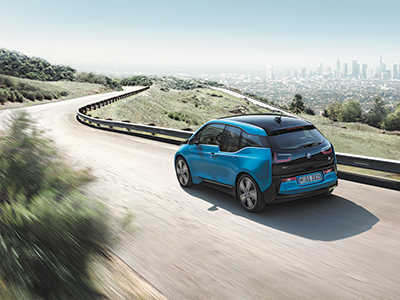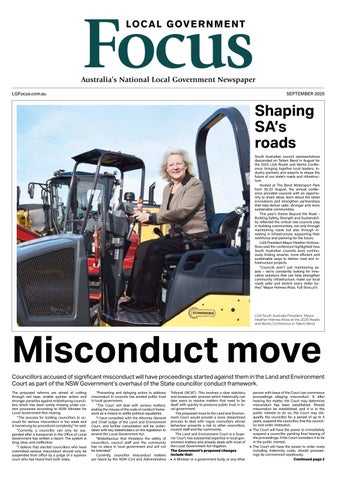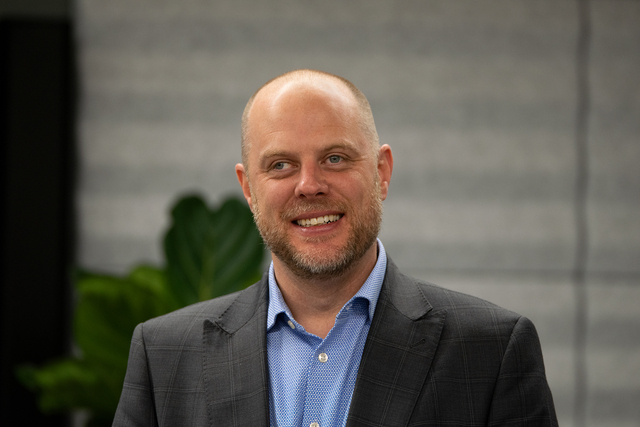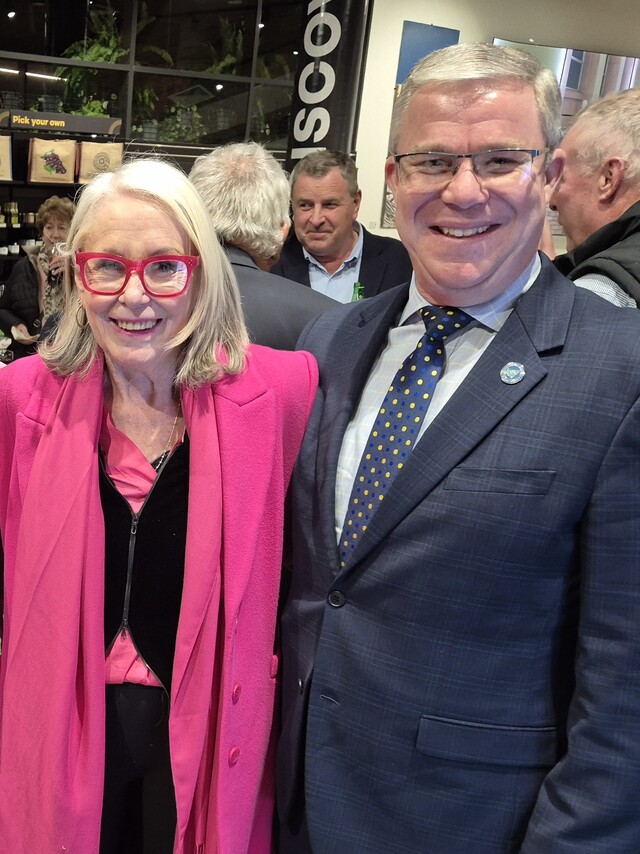For BMW, sustainability isn’t just about emission-free motoring. It goes beyond the vehicle’s day-to-day use, and extends to factors such as supply chain, production, service life and recycling.
The ground-breaking i3 is the perfect example. The Leipzig production plant, where the i3 is built, uses 50 per cent less energy and 70 per cent less water than the average BMW Group figures, with 100 per cent renewable energy powering the plant thanks to four wind turbines.
Likewise, the construction of the carbon fibre reinforced plastic architecture at Landshut is powered by 100 per cent wind turbine energy.
Additionally, 80 per cent of the aluminium used in the i3’s construction is either recycled or produced with renewable energy.
The i3’s green credentials are on show inside the car too, with recycled polyester seat trims and seat covers incorporating 40 per cent pure wool. Sustainable eucalyptus features on interior and dash trims and olive leaf extract is used to naturally tan interior leathers.
In terms of on-road efficiency, in pure electric form the i3 uses no petrol at all. The Range Extender specification has incredible figures of 0.6L/100km on combined cycle with a carbon emission figure of 12g/km.
As part of BMW’s efficient dynamics strategy, there are some impressive emission figures outside of the EV range as well. Under the iPerformance banner the BMW 330e has fuel efficiency figures of 2.1l/100km, and emission figures of 49g/km. The BMW X5 xDrive40e runs at 3.3l/100km and 77g/km, while the luxurious BMW 740e sits at 2.2L/100km and 50g/km CO2 emissions.








